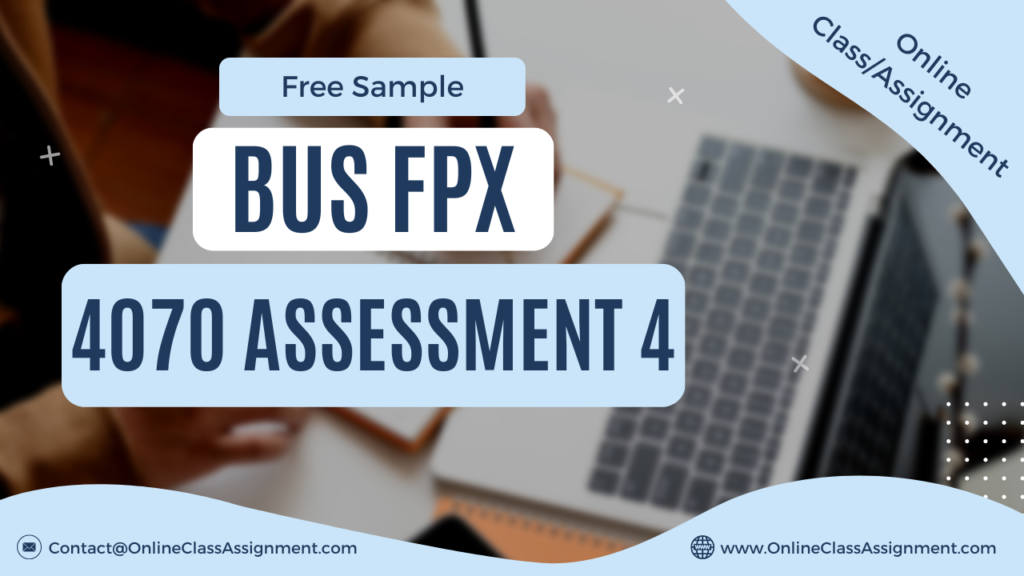
BUS FPX 4070 Assessment 4 Evaluating Returns and Cash Flow Streams
Student Name
Capella University
BUS-FPX4070 Foundations in Finance
Prof. Name
Date
Problem 1: Portfolio Required Return
Determining the required rate of return for a $10 million investment fund composed of four stocks is essential for effective management. By considering the investments and betas of each stock, along with a market-required rate of return of 12 percent and a risk-free rate of 4 percent, we can compute the fund’s required rate of return.
Portfolio Beta Calculation: [ \text{Portfolio Beta} = \text{Total investments} \times \text{Stock A investment} \times \text{Beta A} + \text{Total investments} \times \text{Stock B investment} \times \text{Beta B} + \text{Total investments} \times \text{Stock C investment} \times \text{Beta C} + \text{Total investments} \times \text{Stock D investment} \times \text{Beta D} ]
[ = (0.30 \times 1.50) + (0.10 \times (-0.50)) + (0.20 \times 1.25) + (0.40 \times 0.75) = 0.95 ]
Required Rate of Return Calculation: [ \text{Required rate of return} = \text{Risk-Free Rate} + \text{Asset Weighted} \times (\text{Market rate of return} – \text{Risk-Free Rate}) ]
[ = 0.04 + 0.95 \times (0.12 – 0.04) = 0.04 + 0.95 \times 0.08 = 0.04 + 0.076 = 0.116 ]
Therefore, the required rate of return for the fund is 11.6%.
Problem 2: Required Rate of Return
Given a required return on an average stock of 14 percent and a risk-free rate of return of 6 percent, we can determine the required returns for two stocks and find the difference between them.
Calculation for Stock R: [ \text{Stock R’s Required Return} = \text{Risk-Free Rate} + \text{Stock R’s Beta} \times (\text{Required return rate} – \text{Risk-Free Rate}) ]
[ = 0.06 + 1.5 \times (0.14 – 0.06) = 0.06 + 1.5 \times 0.08 = 0.06 + 0.12 = 0.18 ]
Calculation for Stock S: [ \text{Stock S’s Required Return} = 0.06 + 0.75 \times (0.14 – 0.06) = 0.06 + 0.75 \times 0.08 = 0.06 + 0.06 = 0.12 ]
The difference between the required returns of Stock R and Stock S is (0.18 – 0.12 = 0.06), which is 6%.
References:
Borad, S. B. (2022, April 16). eFinance Management. Present value of uneven cash flow – all you need to know. Retrieved from https://efinancemanagement.com/investmentdecisions/present-value-of-uneven-cash-flows
Brigham, E. F., & Houston, J. F. (2019). Fundamentals of Financial Management. Retrieved from https://capella.vitalsource.com/reader/books/9780357088562/epubcfi/6/36[%3Bvnd.vst.id ref%3DM18]!/4/204/9:237[at%20%2Csho]
BUS FPX 4070 Assessment 4 Evaluating Returns and Cash Flow Streams
Geler, B. (2022, January 12). Smart Asset. What is the present value of an annuity. Retrieved from https://smartasset.com/retirement/present-value-of-annuity
Hayes, A. (2022, January 16). Investopedia. Cost of debt. What is the cost of debt? Retrieved from https://www.investopedia.com/terms/c/costofdebt.asp
Loo, W. B. (2021, October 5). Omni Calculator. Yield to maturity calculator. Retrieved from https://www.omnicalculator.com/finance/yield-to-maturity
Smyth, D. (2021, December 1). Sapling. How to calculate the fair value of a bond. Retrieved from https://www.sapling.com/7646916/calculate-fair-value-bond
Wall Street Prep. (n.d.). What is yield to call (YTC)? Retrieved from https://www.wallstreetprep.com/knowledge/yield-to-call-ytc
BUS FPX 4070 Assessment 4 Evaluating Returns and Cash Flow Streams
Get Capella University Free Business Samples
BUS FPX 3007
BUS FPX 3011
BUS FPX 3021
BUS FPX 3022
BUS FPX 3030
BUS FPX 3040
BUS FPX 3050
BUS FPX 4012
